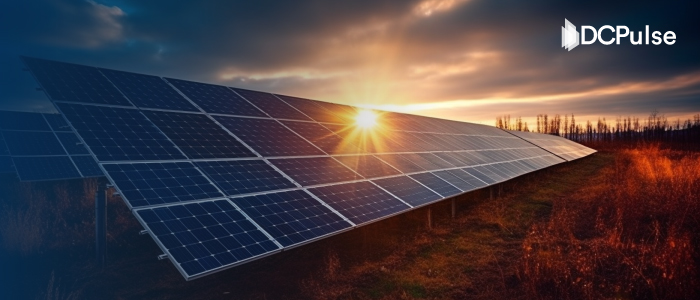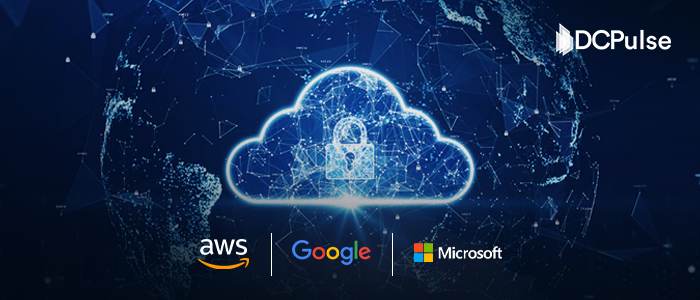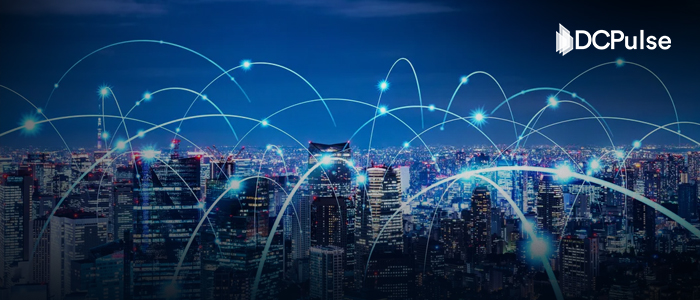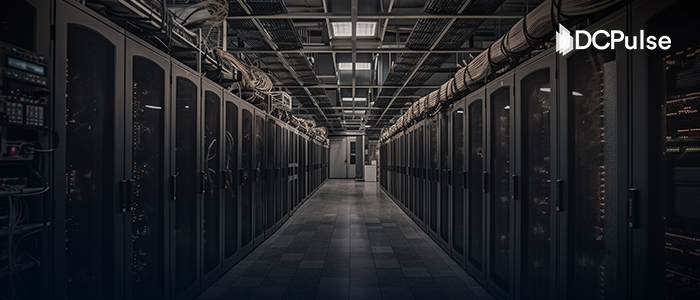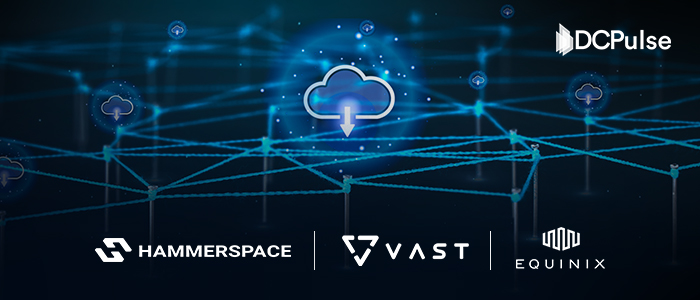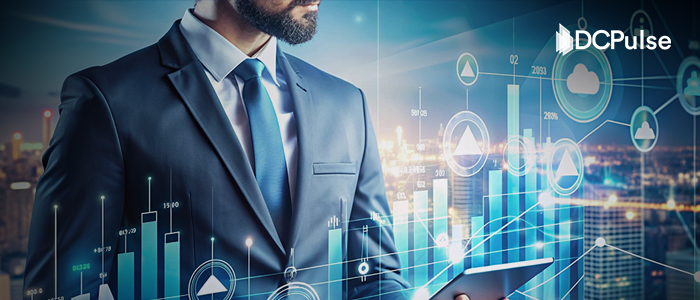What happens when the world’s most powerful technologies collide with the planet’s most constrained resource?
In 2025, the AI boom is no longer a software story; it’s an energy saga. And Meta just made that abundantly clear.
On June 6, 2025, Meta signed a deal with Invenergy, an independent, global developer and operator of clean energy solutions, to secure 791 megawatts of clean power across four new solar and wind projects. The announcement received limited mainstream coverage, but within the AI infrastructure world, it landed like a shot fired in a growing war for clean energy dominance.
With this single move, Meta nearly doubled its partnership with Invenergy, growing from 760 MW to 1800 MW in total. That’s more than the capacity some regional utilities manage
While signing the deal, Meta’s global head of energy, Urvi Parekh, explained, “We’re laser-focused on advancing our AI ambitions—and to do that, we need clean, reliable energy.”
By securing gigawatts of renewable power through long-term Power Purchase Agreements (PPAs), Meta is treating clean energy as essential infrastructure, years ahead of its AI-driven demand curve.
AI’s Power Appetite Is Reshaping Energy Strategy
Training and inference of AI models consume enormous amounts of energy, enough that analysts expect data center electricity demand to surge in the coming decade. The International Energy Agency (IEA) projects that the energy demand from data centers around the globe is set to double by 2030, around 945 terawatt-hours (TWh), just slightly more than the entire energy consumption of Japan today.
“AI is one of the biggest stories in the energy world today – but until now, policymakers and markets lacked the tools to fully understand the wide-ranging impacts,” said IEA Executive Director, Fatih Birol.
According to the IEA, data centers in the United States are expected to see a more than 20% rise in electricity consumption by 2030, accounting for nearly half of the total growth in U.S. electricity demand between now and then (2030). A rise solely driven by processing data rather than for manufacturing all energy-intensive goods combined, steel, aluminium, cement, and chemicals.
BloombergNEF similarly forecasts that U.S. data center power demand will more than double by 2035, jumping from nearly 35 gigawatts in 2024 to 78 gigawatts. However, the rise in actual energy usage is even more dramatic: average hourly electricity consumption is expected to almost triple, from 16 gigawatt-hours today to 49 gigawatt-hours by 2035.
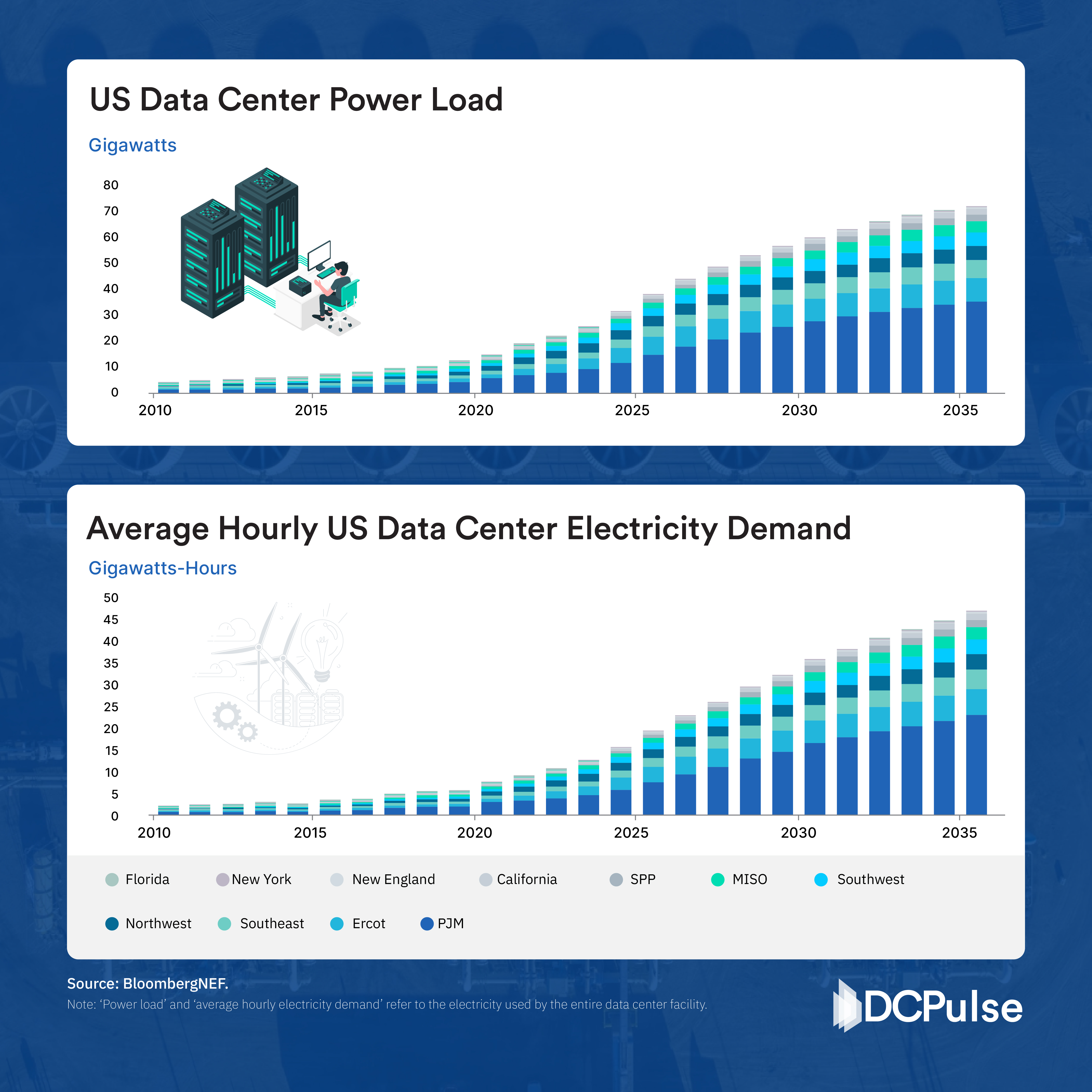
These trends are forcing leading cloud providers to secure electricity well in advance, before rising demand stretches the limits of available capacity.
Hyperscalers Double Down on Clean Power
With electricity demand accelerating, tech giants are moving beyond symbolic gestures; they’re now securing real power from new clean energy projects. Meta’s recent deal with Invenergy is one such move.
On October 16, 2024, in Washington, a new agreement was signed between AWS and Energy Northwest, a public power joint operating agency will support the development of four advanced small modular reactors (SMRs).
The reactors, which will be built, owned, and operated by Energy Northwest, are expected to deliver 320 MW of capacity in the project’s first phase, with an option to scale up to 960 MW. That’s enough to power more than 770,000 U.S. homes, enough energy for the Pacific Northwest that will increasingly need it by the early 2030s.
“In alignment with our All-American, All-of-the-Above energy plan, small modular nuclear reactors will play a critical role in positioning Virginia as a leading nuclear innovation hub….Amazon Web Services’ commitment to this technology and their partnership with Dominion is a significant step forward to meet the future power needs of a growing Virginia," said Glenn Youngkin, Governor of Virginia.
Amazon has also signed an agreement to build a data center next to Talen Energy’s nuclear plant in Pennsylvania. This setup will directly power the facility with carbon-free electricity, contributing to the change.
Microsoft has signed a Power Purchase Agreement (PPA) to revive an 835 MW retired nuclear facility in Pennsylvania, formerly part of the Three Mile Island site and now renamed as the Crane Clean Energy Center, which was shut down in 2019. The plant is expected to come back online by 2027 and will provide clean, carbon-free power to the PJM grid, which serves 13 U.S. states.
This marks the first-ever planned revival of a fully closed U.S. nuclear plant, and a bold step in Microsoft’s effort to meet the growing energy demands of its AI infrastructure with reliable, zero-emission power.
In late 2023, Google and Fervo, a clean-energy startup, brought an enhanced geothermal power project online, which was the first of its kind developed under a corporate agreement.
The plant now delivers 24/7 carbon-free electricity to the local grid that powers Google’s data centers in Nevada, marking a breakthrough in the company’s push for round-the-clock clean energy.
Beyond geothermal, Google is also investing in other renewable technologies and grid innovations, from energy storage to advanced transmission systems, as part of its goal to run on 24/7 carbon-free power by 2030.
Energy Strategy as a Competitive Edge
These shifts are fundamentally reshaping how data center operators evaluate new projects. Grid access and location are no longer afterthoughts; they have become strategic priorities. Recent analysis shows hyperscalers now favor sites with available grid capacity over traditional tech hubs.
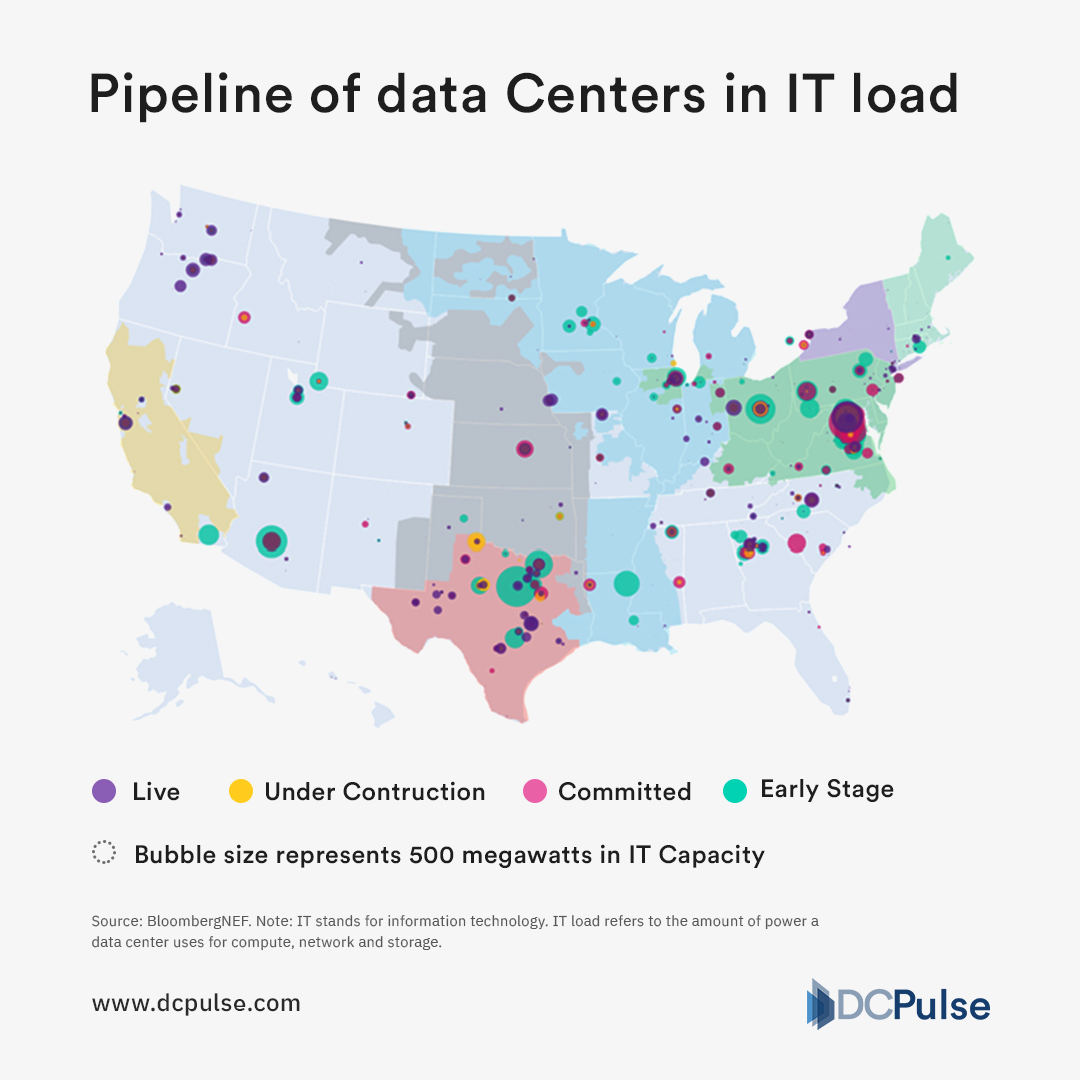
In Northern Virginia, the nation’s largest data center market, 391 MW of new capacity was added in the first quarter of 2024 alone. But those gains were only possible after linking projects to new renewable energy sources and streamlining permitting processes.
Connecting new power projects to the grid has become a serious hurdle, creating delays across the energy system. In the U.S., more than 1,300 GW of new generation, mostly solar and battery, is currently waiting to connect to the grid, with average wait times stretching to around five years.
“Interconnection queue lengths are now widely recognized among developers and other stakeholders as the No. 1barrier to deploying renewable energy,” said Joseph (Joe) Rand, Lawrence Berkeley National Laboratory (LBNL) energy policy researcher
Developers warn that even projects backed by the Inflation Reduction Act (IRA) risk stalling without significant transmission upgrades.
In response, some tech giants are rethinking their energy playbooks. Both Amazon and Google are exploring more vertically integrated strategies, investing directly in energy assets like transmission lines or clean generation, to secure future supply.
Risks and Market Shifts
The surge in corporate clean energy procurement isn’t without consequences. Hyperscalers, backed by strong balance sheets to support massive, long-term power deals, are locking in top-tier renewable projects, squeezing out smaller buyers and even local utilities in the race for clean energy.
As CBRE notes, even large corporations are now struggling to secure data center capacity amid tightening supply and overloaded interconnection queues.
The same dynamic is unfolding in clean energy: as tech giants snap up the most attractive PPA opportunities, mid-sized firms may find fewer viable options.
Today, over 95% of the U.S. interconnection queue consists of renewable projects, mostly solar and battery storage. Yet delays are mounting, with projects now waiting an average of five years just to connect to the grid
And without major transmission upgrades, even those backed by generous Inflation Reduction Act (IRA) incentives risk falling behind.
The energy market is shifting fast. Clean power is becoming not just scarce, but more strategic. Tech giants are no longer just energy buyers; they're acting as developers, grid planners, and infrastructure investors.
The message for executives is clear: energy strategy is now inseparable from technology strategy. In the AI era, those who secure clean, reliable, and scalable power will set the pace.
Who Controls the Grid, Controls the Future
The AI boom has pulled energy out of the background. What was once a back-end operational concern is now a strategic front-line priority. Clean power is no longer just about ESG targets or regulatory compliance; it’s a defining factor in staying AI competitive.
From Meta’s early bets to Google’s 24/7 carbon-free ambition, the message is clear: energy is infrastructure. And those who act decisively will shape the digital economy’s next chapter.
The companies that succeed in this clean energy land grab won't just run faster models; they’ll set the terms for how the world powers intelligence itself.
The grid is the new growth bottleneck. And in the race to scale AI, those who control the switch will control the future.
In this clean energy land grab, the winners won’t just build better models; they’ll decide how intelligence is powered.
In the race to scale AI, those who control the switch will control the future.
